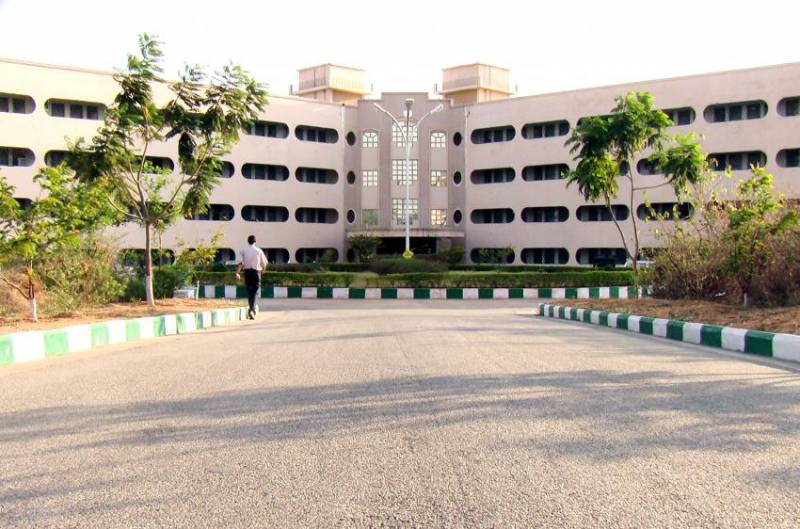COVID-19 chain can be broken through lockdown: IIIT researchers
By Newsmeter Network
Hyderabad: India went on a 21-day lockdown from Tuesday to contain the spread of Corona virus in the country. Amidst this, IIIT Hyderabad has developed an experimental simulation to test various possible scenarios of infection transmissions across the world. The movement could either be local within a neighbourhood or it could be distant, that is to other locations within and outside the country. The study highlighted the fact that the spread of infection is faster when people move about more.
The experiment tested variables such as different population sizes of the word, the hover-distance or the localised movement within a neighbourhood, travel probability which includes different parts of the world, death probability, transmit probability (the probability that infection transmits through contact), transmit distance (distance within which the infection can transmit), and duration of the infection (pegged at 15 days in the experiment).
While infection spreads faster across continents as observed from the COVID-19 outbreak, the study revealed that in real life, the number of people travelling abroad is less than people who don't travel. With community transmission being the current threat in India, Professor Pudi of IIITH emphasised that the higher hover distance is the most important parameter that was studied. "When the population is more, the infection can spread more easily. While there is nothing we can do about the population of the neighbourhood, we can easily change how much we move around. Seeing how much this impacts the spread of the infection, it will hopefully inspire us to restrict our movement."
The purpose of the simulation was to see the impact of strategies that governments can implement to contain the virus. Professor Pudi said it was challenging to develop the simulator in such a short time. He said that it is a highly optimised code which runs on any Android device. "There is no server on the backend and it runs directly on the browser," he said. Because of this, it is highly scalable and will not slow down even if lakhs of people use it at the same time. It also has multi-lingual support and currently displays in Hindi, English, and Telugu, based on one's browser settings.
Professor Pudi called this simulator a basic version which can be improved further. He said data from other websites, such as the WHO's COVID-19 dashboard, the John Hopkins COVID-19 dashboard, and others could be included in the next version. Dismissing apprehensions of a bleak scenario, he said, "I was hoping that it would be a positive message that we can contain the virus if we don't move around a lot."